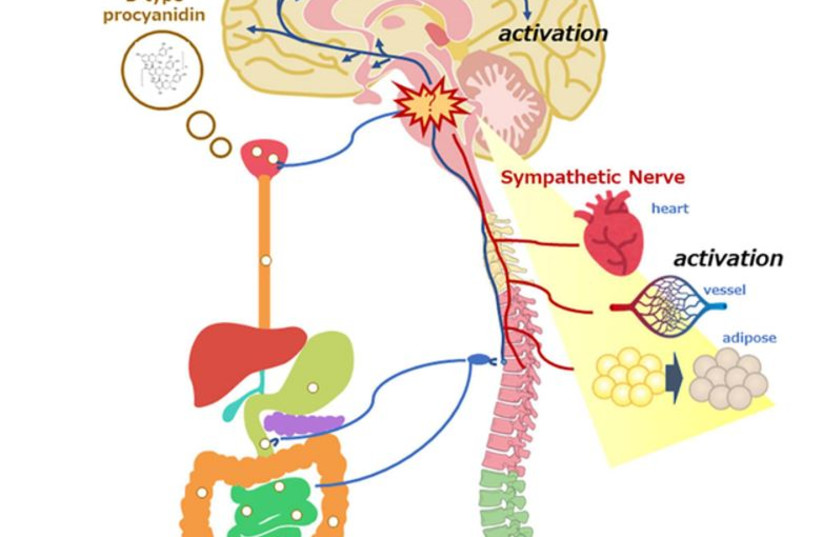There seems to be more than a bit of truth to the quote that “an apple a day keeps the doctor away,” but the claim that “a balanced diet is chocolate in both hands” is excessive. Research conducted in Tokyo has found multiple health benefits from eating foods rich in the flavonoid b-type procyanidin – including chocolate and apples – if consumed in the right amounts.
Researchers at the Shibaura Institute of Technology (SIT) in Tokyo shed light on how an optimal intake of B-type procyanidins – a class of polyphenols found abundantly in foods like cocoa/dark chocolate, apples, grape seeds, blueberries, cranberries, tea and red wine – can have significant health benefits. Several studies have established the benefits of these micronutrients in reducing the risk of cardiovascular diseases and strokes. These procyanidins are also successful in controlling hypertension, glucose intolerance and dyslipidemia – an imbalance of blood fats such as cholesterol, low-density lipoprotein cholesterol, triglycerides and high-density lipoprotein.
Proanthocyanidins were discovered in 1947 by French scientist Jacques Masquelier, who developed and patented techniques for the extraction of oligomeric ones from pine bark and grape seeds. Cocoa beans contain the highest concentrations, while apples contain on average per serving about eight times the amount of proanthocyanidin found in wine.
Prof. Naomi Osakabe from SIT’s department of bioscience and engineering reviewed the data from intervention trials supporting “hormetic responses” of B-type procyanidin ingestion. Hormesis is a phenomenon in which peak benefits of a substance are achieved at mid-range doses, becoming progressively lesser at lower and higher doses.
Her team, which included Taiki Fushimi and Yasuyuki Fujii, also conducted in-vivo experiments on animals or cells to understand possible connections between B-type procyanidin hormetic responses and activation of neurotransmitter receptors in the central nervous system.
Their article was recently published in the journal Frontiers of Nutrition under the title “Hormetic response to B-type procyanidin ingestion involves stress-related neuromodulation via the gut-brain axis: Preclinical and clinical observations.”
What did the study show?
The study shows the physiological benefits of B-type procyanidin intake on the central nervous system (CNS) – especially improvements in cognitive functions. Hormesis is represented by a U-shaped curve in which a low dose of usually a harmful compound induces resistance in the body to its higher doses. In case of these procyanidins, several in-vitro (test tube or Petri dish) studies support their hormetic effects, but these results have not been demonstrated in vivo.
Though the exact relation between B-type procyanidins and the central nervous system needs more research, the Japanese team concluded that the health benefits of foods rich in them remains undisputed.

